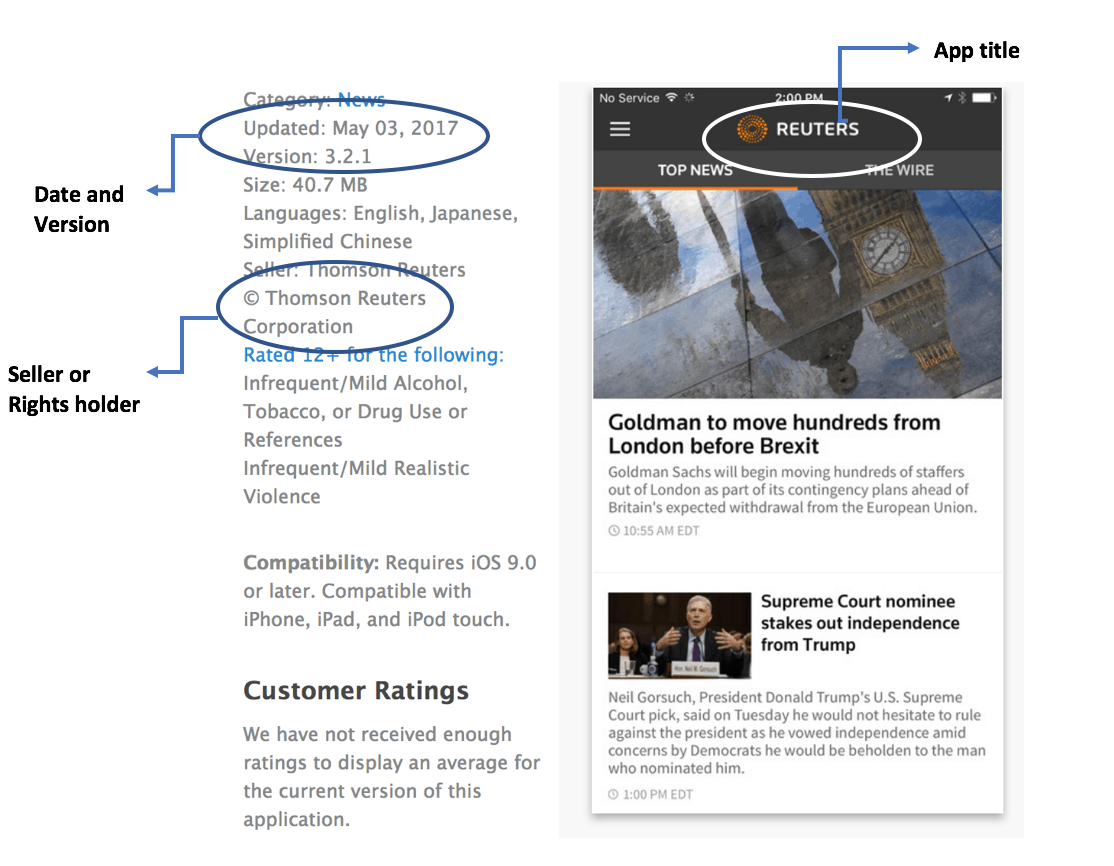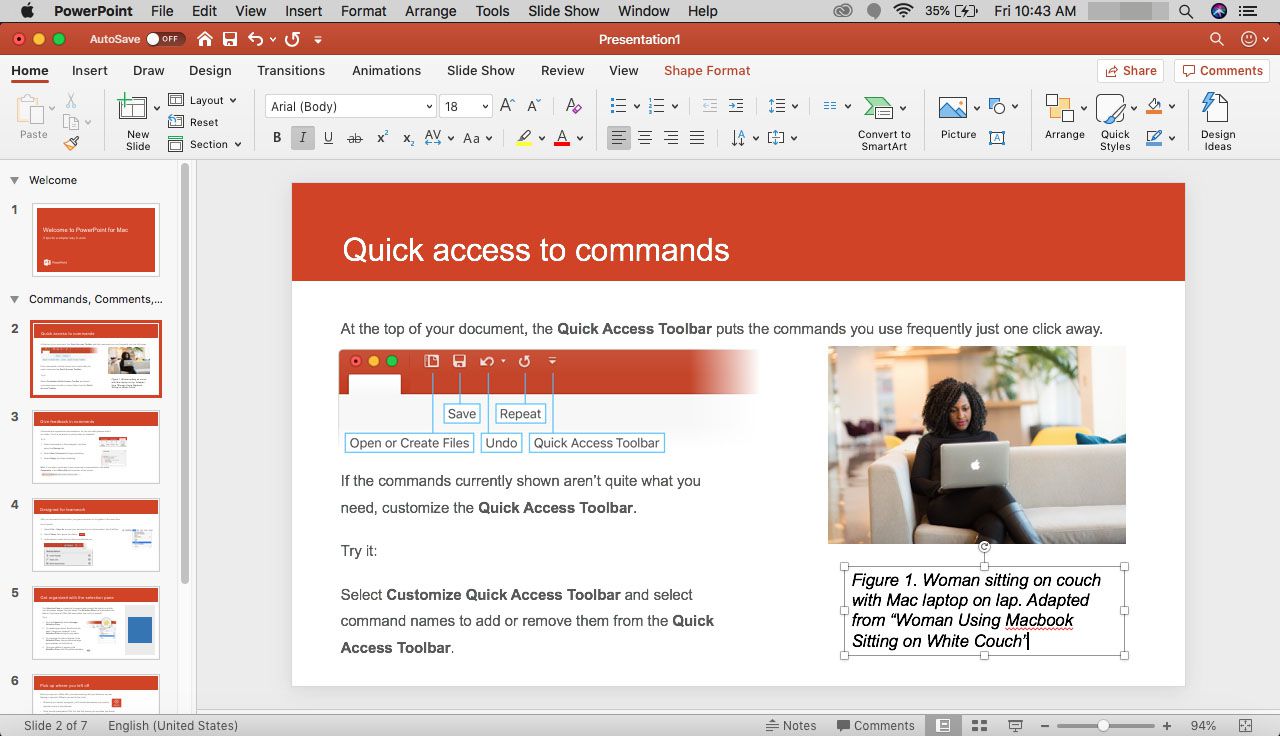Citing Adobe Stock images might seem like a tedious task, but it’s essential for respecting copyright laws and giving credit to creators. When you use stock images—whether for a blog, website, or presentation—properly citing them not only acknowledges the original artist but also ensures you’re following legal guidelines. In this digital age, where visuals play a crucial role in engaging audiences, understanding how to cite these images correctly is more important than ever.
Understanding Licensing Agreements

When you purchase or download images from Adobe Stock, you’re entering into a licensing agreement. This agreement lays out how you can use the images, and it’s crucial to understand its terms before you start incorporating visuals into your projects. Here’s a breakdown:
- Standard License: This allows for a wide range of uses, including web and print, but with some limitations on resale and large-scale distribution. For example, you can use an image on your blog or marketing materials, but you can’t sell it as merchandise.
- Extended License: If you need broader rights, like using an image on products for resale, the extended license is the way to go. It offers greater flexibility but comes at a higher cost.
- Editorial Use: Some images are restricted to editorial use only. This means you can use them in news articles or blogs discussing current events, but not for commercial purposes.
Before using an image, always check the specific license associated with it. Adobe Stock provides clear information on licensing details, so take a moment to review them. This not only protects you legally but also supports the artists who create these valuable resources. When in doubt, refer back to Adobe's licensing page to ensure you're on the right track!
Also Read This: Ultimate Guide to Downloading Adobe Stock Photos for Free
Steps to Cite an Adobe Stock Image

Citing an Adobe Stock image is essential for giving credit to the original creator and avoiding copyright issues. Here’s a straightforward guide to help you through the process:
- Identify the Image Details: Before you cite, gather all necessary details about the image, such as the title, creator’s name, year of publication, and a direct URL link.
- Choose Your Citation Style: Different academic fields prefer different citation styles. Common ones include APA, MLA, and Chicago. Identify which style you need to use for your work.
- Format Your Citation: Once you know your style, format the citation accordingly. For instance, in APA, it might look like this:
Creator’s Last Name, Initials. (Year). Title of the image [Format]. Site Name. URL - Include the Citation in Your Work: Place the citation in your bibliography or reference list at the end of your work. Ensure it follows the specific guidelines of the chosen style.
- Check for License Requirements: Adobe Stock images come with specific licensing rules. Make sure you understand these rules, as they might dictate how you can use and cite the image.
Also Read This: Engaging in Hands-On Learning at Computer Technology Workshops in the USA
Examples of Proper Citations
Here are some examples of how to properly cite Adobe Stock images using different citation styles. These examples will help clarify the format:
| Citation Style | Example Citation |
|---|---|
| APA | Smith, J. (2021). Beautiful sunset over the mountains [Photograph]. Adobe Stock. https://stock.adobe.com/image/123456 |
| MLA | Smith, John. “Beautiful Sunset Over the Mountains.” Adobe Stock, 2021, https://stock.adobe.com/image/123456. |
| Chicago | Smith, John. 2021. “Beautiful Sunset Over the Mountains.” Adobe Stock. https://stock.adobe.com/image/123456. |
Always remember that proper citation not only gives credit but also enhances your work’s credibility!
Also Read This: How to Use FTP to Access Adobe Stock
Common Mistakes to Avoid
Citing Adobe Stock images can seem straightforward, but there are a few pitfalls many people encounter. Here are some common mistakes to steer clear of:
- Not Checking License Agreements: Always double-check the license type associated with the image. Some images might have restrictions that could lead to legal issues if not followed.
- Forgetting to Include the Artist: Many Adobe Stock images are created by talented artists. Omitting their names in your citation can come off as disrespectful and may violate copyright rules.
- Using Outdated Citation Formats: Citation styles evolve over time. Make sure you’re using the most current version of APA, MLA, or whatever style you’re required to follow.
- Neglecting to Provide a URL: If you’re citing an image online, including the direct URL is essential. This helps others find the image and verifies your source.
- Improper Formatting: Each citation style has specific formatting requirements. Pay close attention to aspects like italics, capitalization, and punctuation.
By avoiding these common mistakes, you’ll ensure your citations are accurate and respectful, enhancing the credibility of your work.
Conclusion and Best Practices
In conclusion, properly citing Adobe Stock images is vital for respecting intellectual property rights and maintaining credibility in your work. Here are some best practices to consider:
- Always Read the License: Before using an image, familiarize yourself with its licensing terms. This is your first line of defense against copyright infringement.
- Keep a Citation Log: Maintain a document where you list all images you use, along with their citations. This will save you time and ensure accuracy.
- Use Citation Generators: Tools like EasyBib or Citation Machine can help you format citations correctly, especially if you’re unsure about the style requirements.
- Be Consistent: Whichever citation style you choose, apply it consistently throughout your work. This enhances readability and professionalism.
- Credit Creators: Whenever possible, give credit to the original artists. This not only shows appreciation but also supports the creative community.
By following these best practices, you’ll navigate the world of image citation with ease and confidence!
 admin
admin








